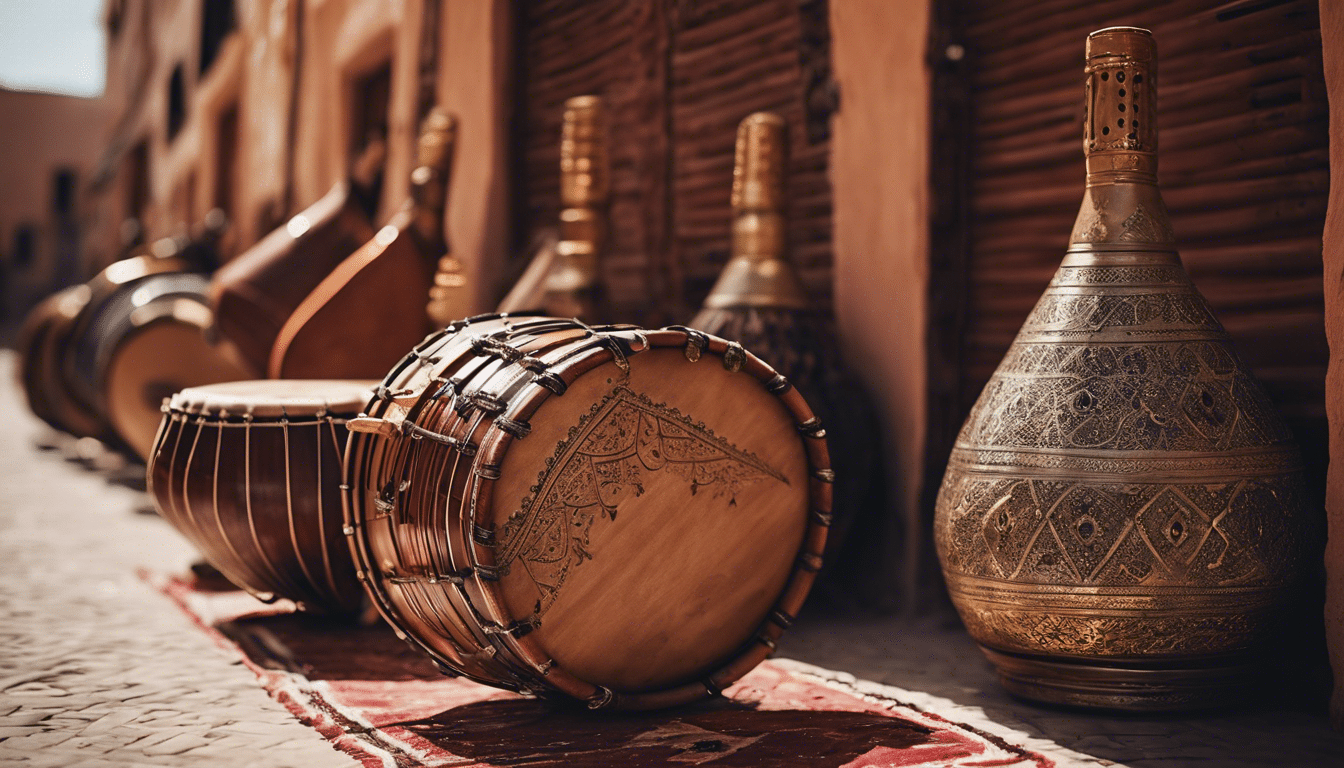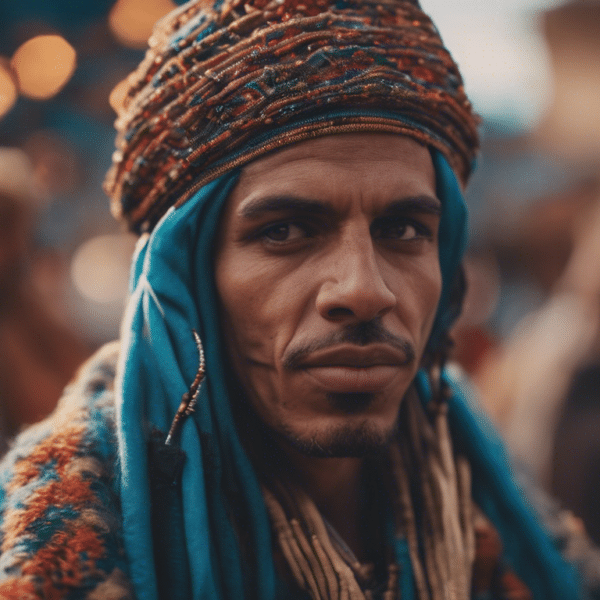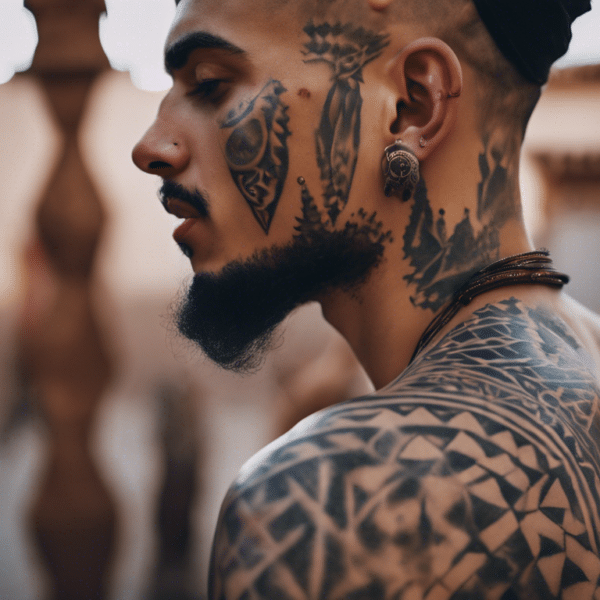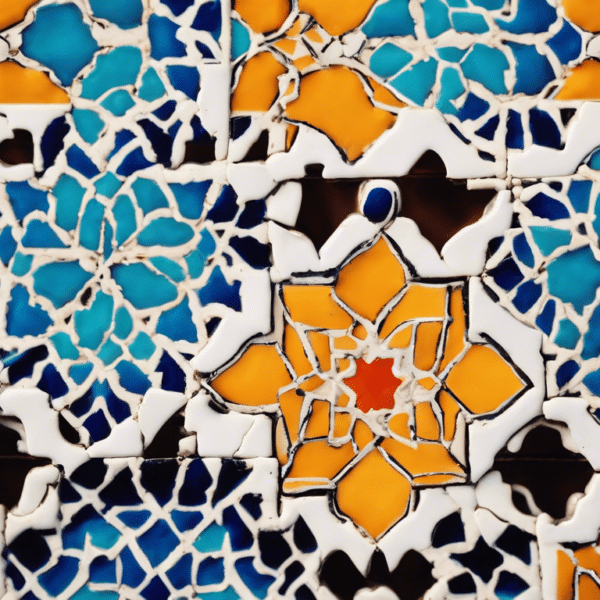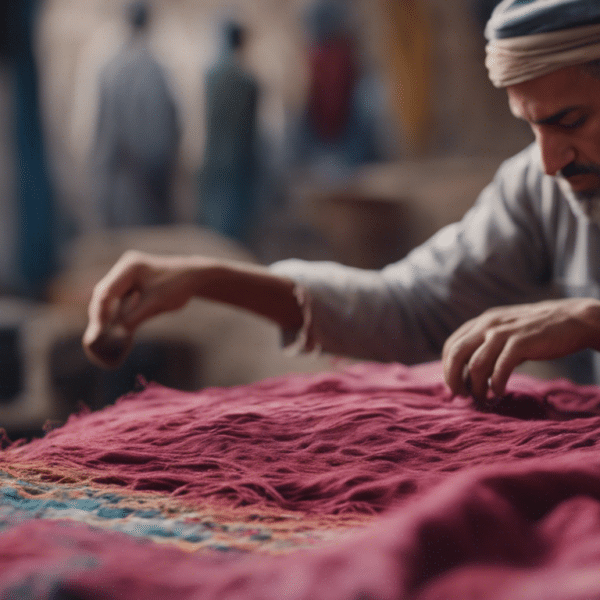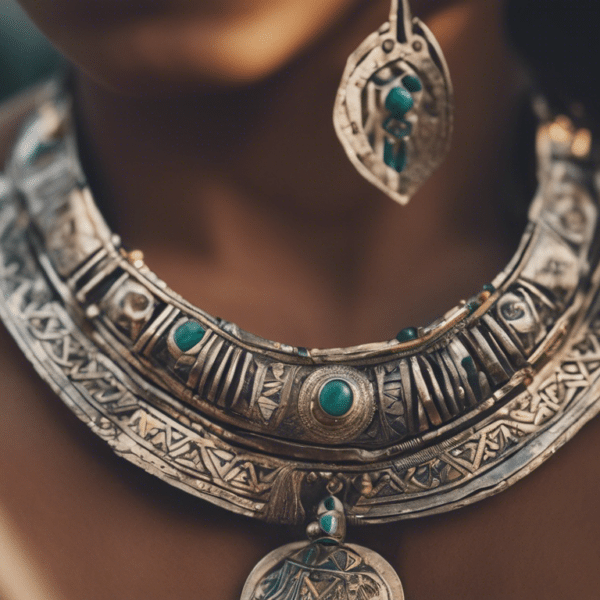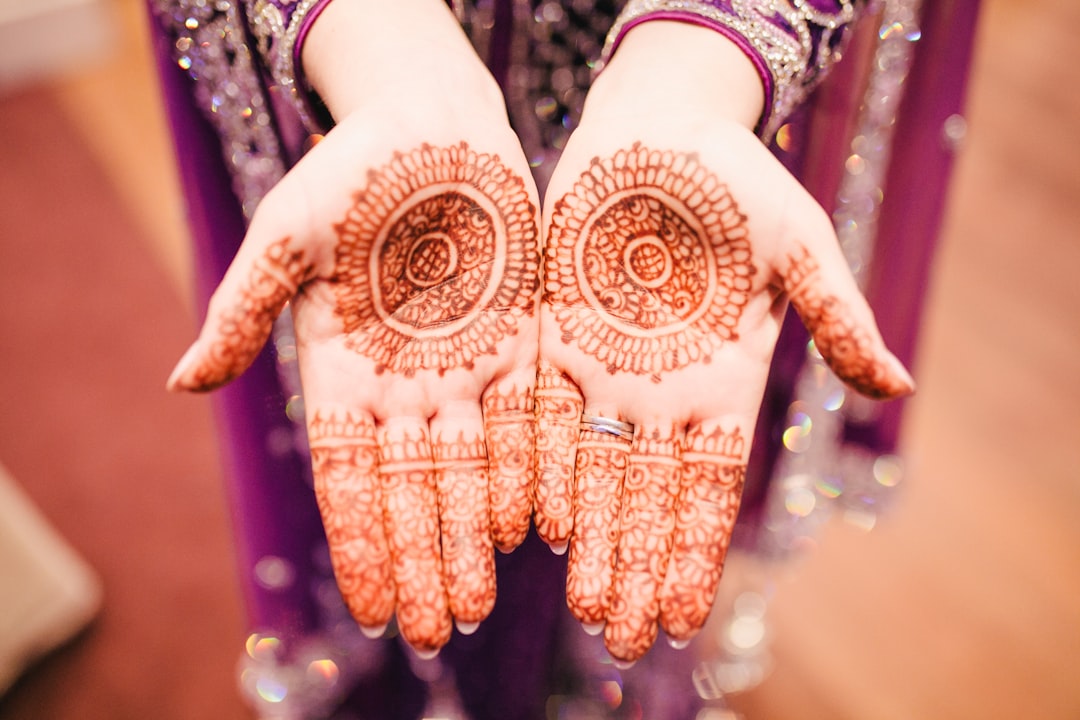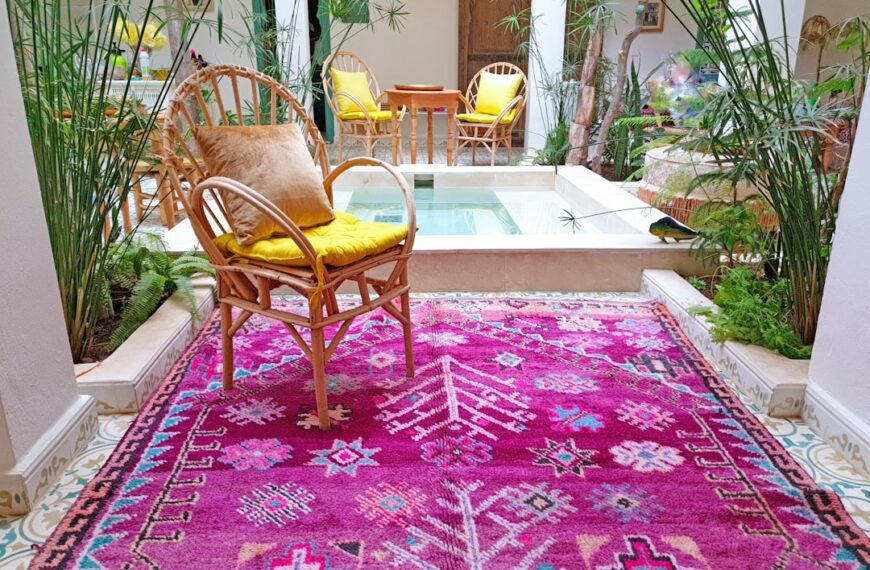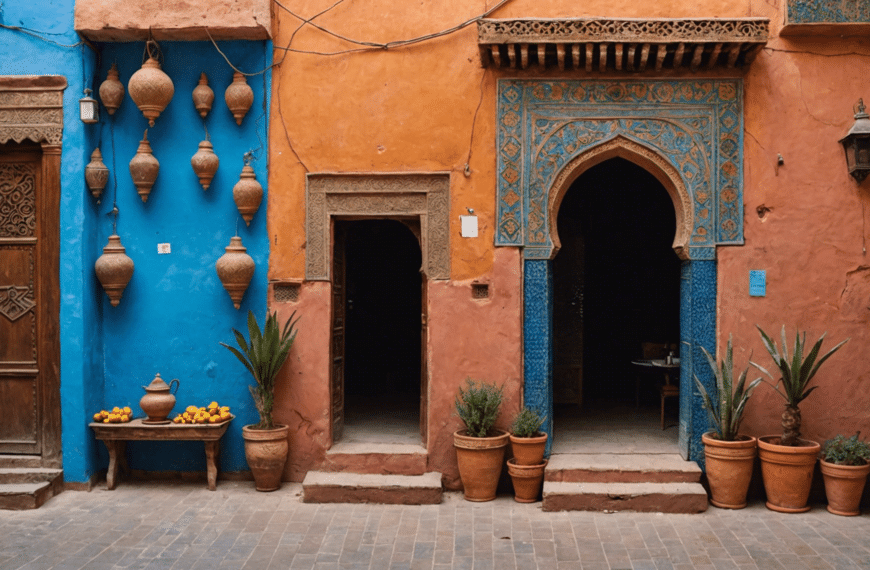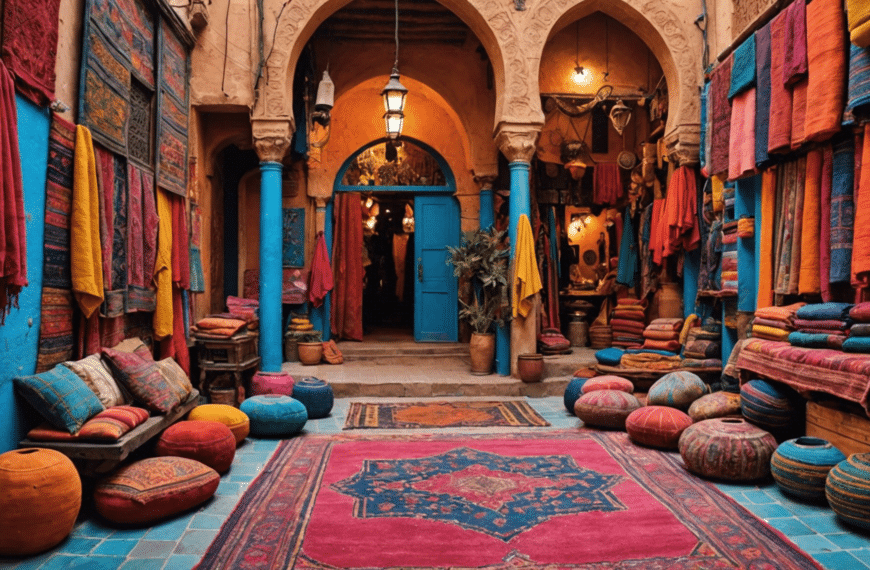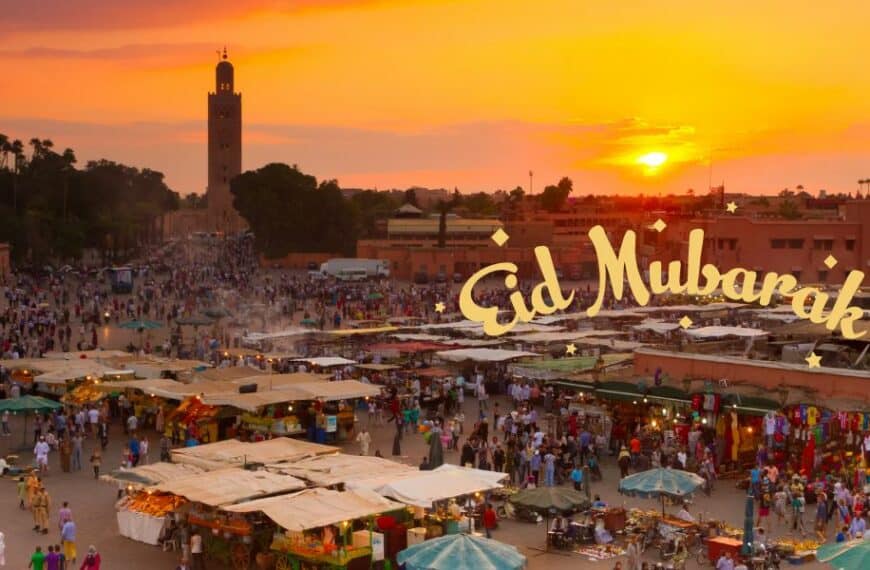As the sun dips below the horizon, painting the skies of Morocco in hues of fiery gold and blush, the air begins to thrum with the heartbeat of a timeless melody. This rhythm, born of a land steeped in cultural richness and artistic legacy, resonates through the very soul of the bustling markets and serene desert expanses. It is a symphony woven by traditional Moroccan instruments, each with its own story, history, and role within the grand tapestry of local music. Join me on a captivating odyssey through the ancient sounds of Morocco, where the strings of the oud echo the whispers of the past and the pulse of the darbuka brings the spirit of the land to life. Discover the instruments that are not just tools of music, but the narrators of a country’s vibrant cultural saga.
The essence of Moroccan musical heritage
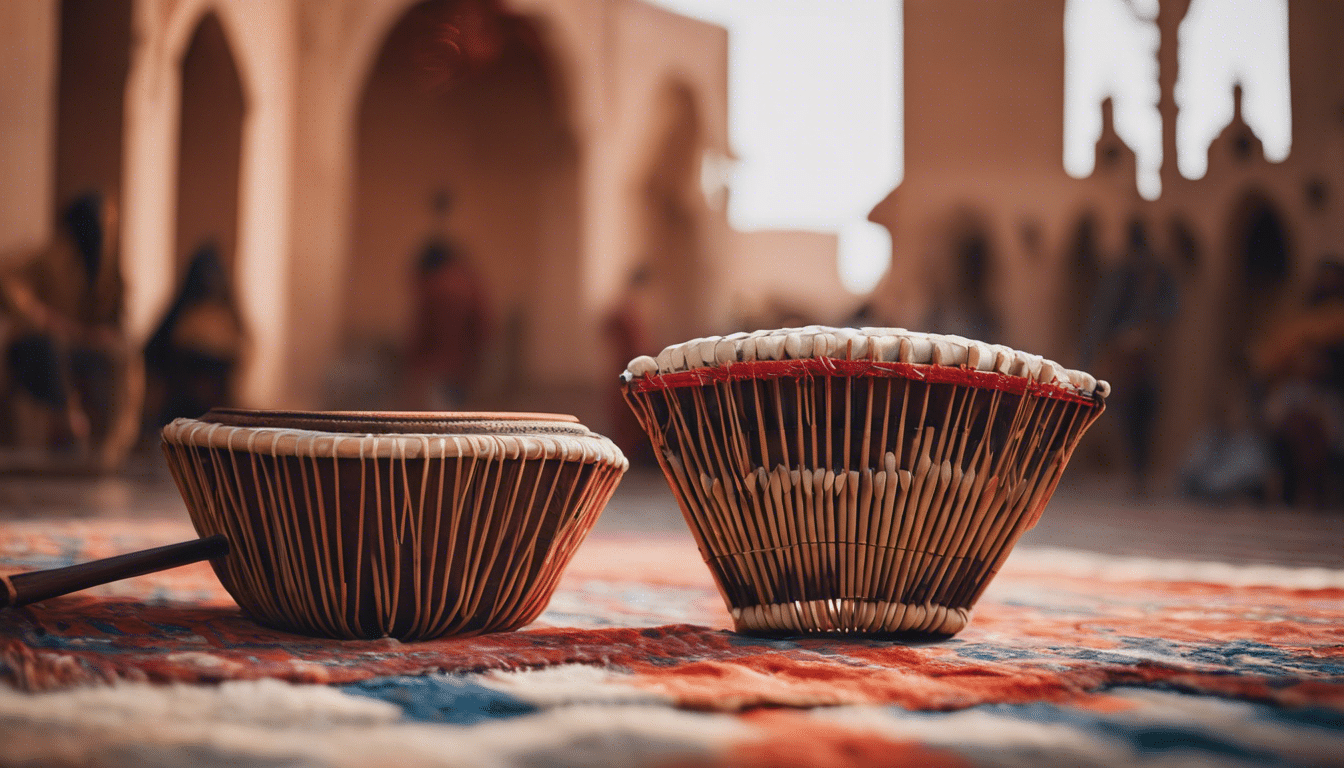
The melodies that wind through the labyrinthine souks of Morocco, the rhythms that echo off the adobe walls of ancient kasbahs, they owe their lifeblood to an ensemble of traditional instruments. These instruments are not just tools for making music; they are storytellers, historians, and guardians of Moroccan heritage. As we explore these musical devices, we reveal the layers of a vibrant cultural legacy stitched together by sound and rhythm.
The Oud: The Heartbeat of Melodic Narration
At the core of Moroccan melody lies the oud, a pear-shaped string instrument. Its gentle curves are cradled by musicians who, with deft fingers, coax from the strings a wealth of sound that seems almost too vast for such a humble vehicle. The oud’s melancholic timbre embroiders the tapestry of Moroccan musical genres, from the classical sounds of Andalusian orchestras to the soulful strains of Gnawa songs. It’s not merely an instrument; it’s a bridge between the temporal and the divine, a medium through which the spirit of Morocco’s music pulses.
The Bendir: Keeping Time with Tradition
The bendir, a frame drum, is quintessential in traditional Moroccan music. Whether in the hands of seasoned maître or the palms of a street performer, its presence is unmistakable. With a simple stretch of goatskin across a circular wooden frame, the bendir conducts the rhythm of Moroccan life. It is the timekeeper in a musical ensemble, evoking the heartbeats of those gathered around. In moments of spiritual communion or during the exuberance of a local festival, the bendir’s beat is there, steadfast and enduring.
– Frame drum with snares that create a buzz effect
– Played with hands, often accompanying vocalists
– Integral to ritualistic music like the trance-inducing Gnawa
The Qraqeb: Metal Castanets with Grit and Groove
Entering the realm of the Gnawa, descendants of West African slaves, we encounter the qraqeb: metal castanets whose clack and clatter are as much a part of Moroccan infrastructure as the storied red walls of Marrakech. Shaped like large, heavy cymbals and played with a motion that demands both rhythm and stamina, the qraqeb are not for the faint of heart. They deliver a sharp, resonant sound that, when combined with the chanting of Gnawa healers, transports listeners to a world where music is the medium for spiritual healing.
– Often used in Gnawa music, symbolizing spiritual and musical heritage
– Creates a distinctive metallic sound
– Associated with healing and trance ceremonies
The Ney: A Whisper of the Desert Winds
The ney, an end-blown flute, is an instrument of breath and soul. Often crafted from reed or bamboo, the ney’s mournful sound seems to capture the essence of the Moroccan landscape—from the whispering Saharan breezes to the bustling medinas. A staple in both folk and classical music, the ney expresses the nuances of emotion with each tender note, inviting introspection and reflection in those who listen.
– Made of a single piece of hollow reed or cane
– Produces a warm, haunting sound
– Signifies a connection to nature and simplicity
In Search of Morocco’s Musical Essence
To truly understand the essence of Moroccan musical heritage, one must delve into the world of these instruments, each a chapter in the story of a nation’s soul. They are not remnants of a bygone era but living, breathing embodiments of history and tradition. These instruments invite us on a journey that transcends time, leading us to the very core of Moroccan identity—a place where music is the language of the land, and its instruments are the words with which to speak it.
By embracing these time-honored instruments—with their rich sounds and deeper meanings—we come closer to the heartbeat of Morocco. They are more than just objects; they are the keepers of melodies that have coursed through the veins of Moroccans for centuries, a vibrant celebration of life encapsulated in strings, skin, wood, and breath.
Exploring the strings: The Moroccan oud and rebab
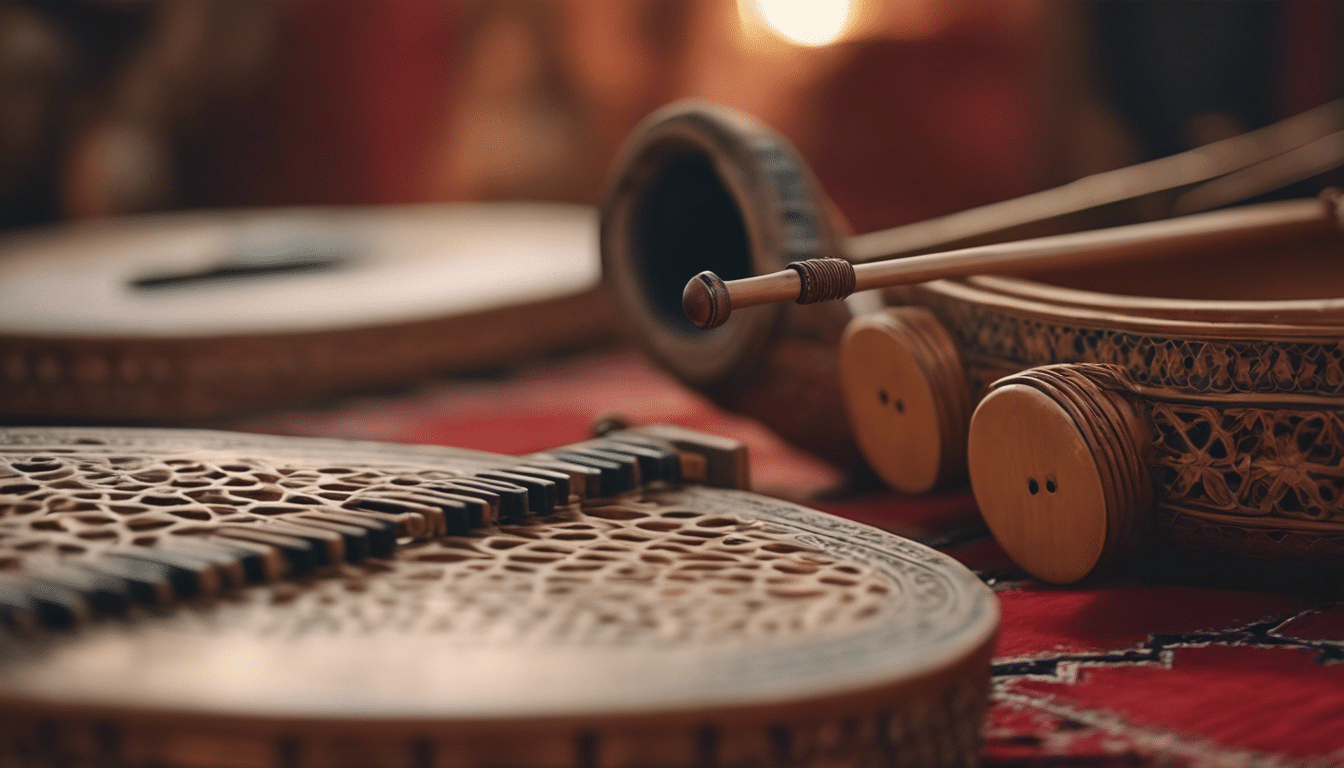
The Enchanting Strings of Morocco: Oud and Rebab
In the heart of Morocco, amid the bustling streets and vibrant markets, there exists a melodious tradition that has gracefully woven the fabric of Moroccan culture for centuries. At the core of this musical heritage are the strings that tell a thousand stories – the soulful Oud and the mystical Rebab. These instruments, with their enchanting sounds, have captivated the hearts of many, becoming synonymous with Moroccan music.
The Moroccan Oud – a lute-like instrument often considered the king of strings – is central to Middle Eastern and North African music. With its deep, resonating sounds and rich tones, the Oud offers a musical narrative that echoes through the ancient medinas and hallowed halls. Its gentle melodies blend with voices, whispering tales of old, love, loss, and celebration.
The Oud’s pear-shaped body, fashioned from choice woods like walnut, maple, or rosewood, cradles eleven strings, sometimes thirteen, grouped in pairs. Musicians, with a plectrum in hand, grace the strings with meticulous movements, showcasing profound skill and heartfelt emotion in their performance. Visitors to Morocco quickly become enchanted by the Oud’s hypnotic strumming, often heard in cafes, at weddings, and during cultural festivals.
The Moroccan Rebab, a horsehair-stringed instrument, captivates with its raw, yearning sound that echoes the soul of Amazigh (Berber) heritage. While less known than the Oud, the Rebab holds a place of reverence as one of the oldest Moroccan string instruments. Its bowing technique imparts a distinctive timbre, a bridge between the earthly and the spiritual, evoking images of the vast Sahara and rugged Atlas Mountains.
Often featured in Gnawa music, the Rebab is a storyteller’s companion, integral to the mystical trance-inducing rituals that delve into themes of spirituality and healing. The instrument’s single string, stretched along a wooden body, resonates with the emotion of the musician, creating a sense of connection that transcends language and speaks directly to the soul.
Preserving the Legacy: The Art of Playing Oud and Rebab
To learn the art of playing these traditional instruments is to step into a world where every note, every rhythm, is imbued with history. Skilled artisans and seasoned musicians pass down the knowledge, ensuring the continuation of this profound cultural expression.
The learning curve for both the Oud and the Rebab is steep, as each requires a level of mastery over technique and an understanding of the nuances within Moroccan music. Musicians often begin with basic scales and progress to intricate melodies, each piece demanding not just technical prowess but also an evocation of the spirit behind the music.
Workshops and music schools throughout Morocco offer lessons, inviting both locals and visitors to immerse themselves in the craft. These sessions aren’t just about learning an instrument – they are about experiencing Moroccan culture, about forming a bond with traditions that have withstood the test of time.
The Role of Oud and Rebab in Moroccan Celebrations
Moroccan celebrations would be incomplete without the melodious strings of the Oud and the Rebab. These instruments lend a soundtrack to life’s pivotal moments, pouring joy and emotion into weddings, religious festivals, and community gatherings.
Oud players often take center stage, their performances weaving together narratives that complement the ebb and flow of Moroccan life. Meanwhile, the Rebab’s piercing cry accentuates the rhythm of dance, guiding the steps of those who surrender to its call.
These instruments also play a crucial role in the preservation of Moroccan folklore and poetry, as they accompany the tales spun by storytellers, drawing in listeners with their compelling sounds. As crowds gather, the strings vibrate, enfolding all in the timeless tapestry of Moroccan tradition.
In essence, the Moroccan Oud and Rebab are more than mere instruments; they are vessels of cultural identity, of a shared history that has been lovingly preserved through the ages. Their notes resonate with the diversity and the unity that is Morocco – a symphony of past and present that continues to captivate the souls of those fortunate enough to experience its melodies.
Percussive rhythms: The darbuka and bendir
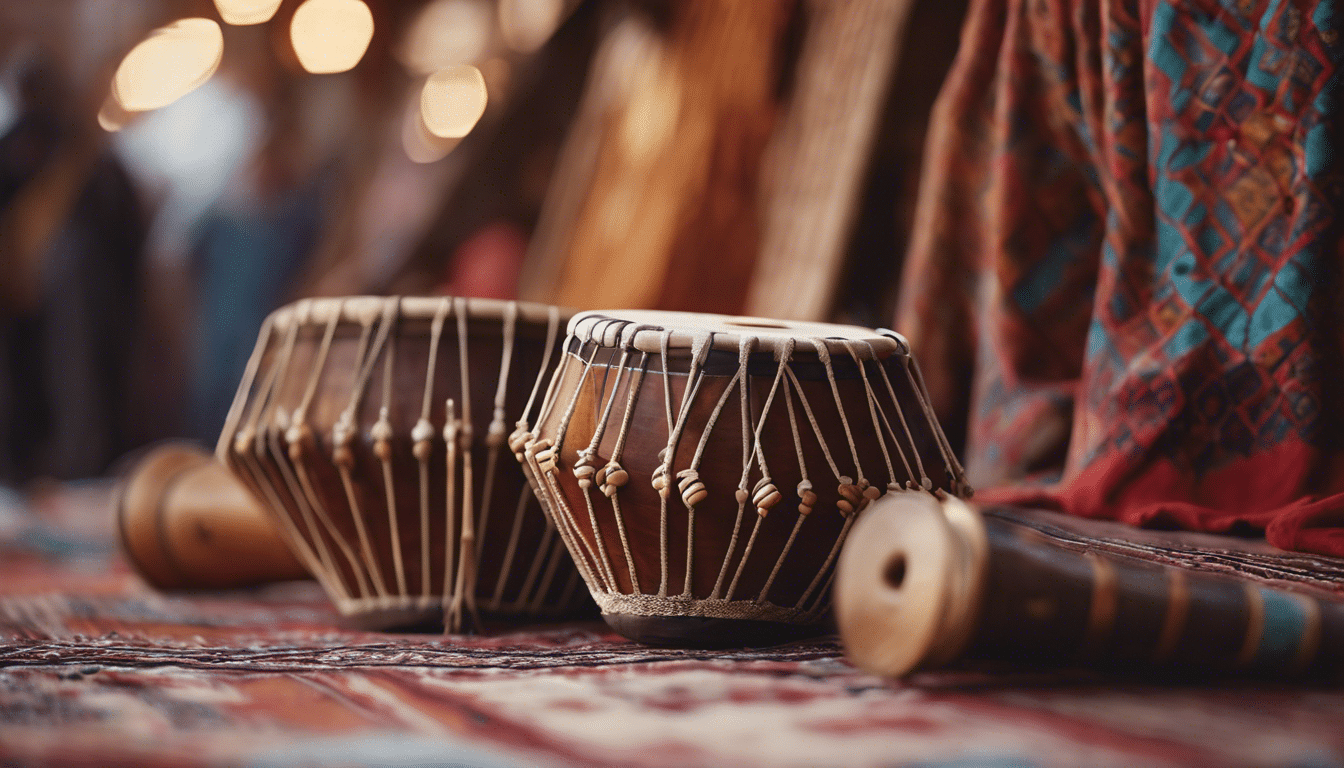
The air resonates with a captivating rhythm, an enchanting beat that invites the body to sway and the heart to beat in tandem. In the heart of Morocco, where culture is painted in vivid hues and stories told through the language of music, two iconic instruments command the scene – the darbuka and the bendir. Their percussive rhythms form the backbone of Moroccan traditional music, echoing through the vibrant souks and calm courtyards, from the bustling cities to the tranquil desert.
The beat of the darbuka, a goblet drum that hails from North Africa and the Middle East, is an integral part of Moroccan music. Typically, it is crafted from ceramic with a goat or fish skin top, although modern versions often use synthetic materials. The darbuka is cradled under the arm and played with the hands, producing sharp articulate beats or soft muted tones depending on the technique used. Its versatility allows it to adapt to a variety of musical styles, from the fast-paced dances at festive celebrations to the slow, meditative rhythms for more introspective moments.
Exploring the earthy tones of the bendir
Complementing the darbuka is the bendir, a frame drum enveloped in mystery and tradition. Unlike the darbuka, the bendir is played with the fingertips and palms, delivering a broader, more resonant sound that can fill a room with its depth. The bendir often features a snare stretched across its back, which rattles as the drum is played, adding a unique buzz to its earthy tones. It’s not just an instrument but a storyteller, its rhythm often accompanying ancient tales and epic poems as they are shared from generation to generation.
The role of percussion in Moroccan music
In Moroccan music, percussion is more than just a component – it is the narrator, guiding the soul of the performance. The darbuka and bendir do not simply provide background beats; they communicate emotions, enhance the narrative, and bring every other instrument and voice into unity. These drums are particularly prominent in genres such as Gnawa, Andalusian, and Berber music, where they form the crux of the soul-stirring melodies.
Learning the art of Moroccan percussive instruments
For the eager enthusiasts longing to immerse themselves in Moroccan musical traditions, learning these instruments is a doorway to understanding the culture. Many artisanal schools and workshops offer lessons in playing the darbuka and bendir, where one can grasp the basic rhythms and eventually master the complex patterns and tempo changes characteristic of high-level Moroccan percussive art.
The vibrant music scene of Morocco, deeply enriched by the traditional instruments like darbuka and bendir, offers a rhythmic journey through the heart of the country’s artistic heritage. Whether it is during a festive night or a serene dusk by the Sahara, the entrancing percussion of these instruments is a testament to the enduring spirit of Moroccan culture.

